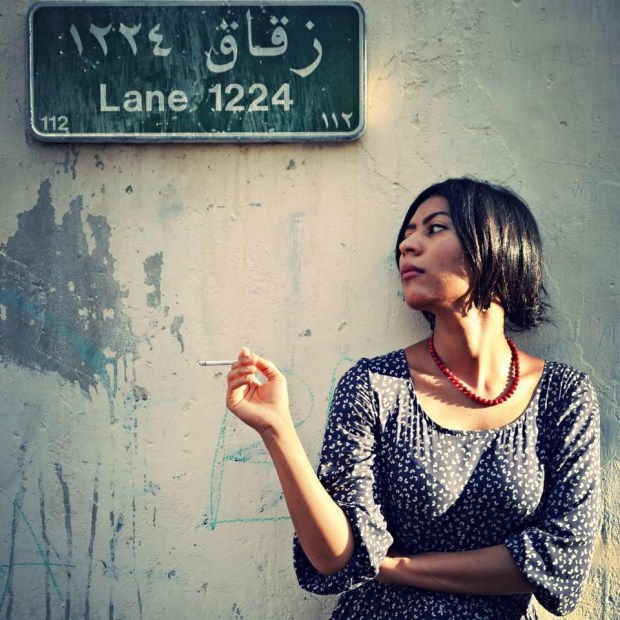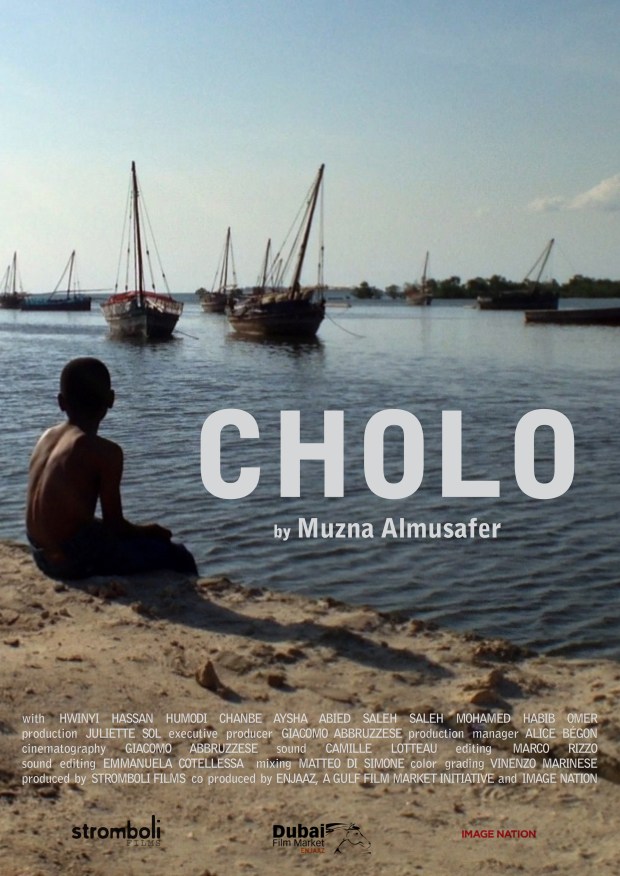The fascination of an artist is similar to the wonder of a child. It is endless. It can lead you to picture the word differently, and appreciate the diversity of humanity.
In Oman, sometimes I feel like Alice in Wonderland. I try to bring that sense of wonder to my work, so I can look at my country’s social landscape through the eyes of an outsider. My goal is to encapsulate the myriad contradictions that characterize a constantly-evolving, diverse, and historical country. Essentially, I try to use film to reflect what I see around me every day in Oman.
Situated between the Persian Gulf and the Indian Ocean, Oman’s unique geographical location enabled it to develop an ethnocultural identity distinct from its neighbors. The Sultanate is at the center of marine trade routes that have since time immemorial facilitated the exchange of peoples, products, and practices between the Arabian Peninsula, Persia, and the East African coast.
It is this historically multi-faceted ethnic and cultural distinctness that serves as the driving force behind my films, which are particularly aimed at capturing the essence of Omani society.

Even though Omani culture is supportive of working women, sometimes I still feel my family and society around me casting a critical eye on my desire to be independent, shape my own life, and create art. When I was younger, my family dismissed my art even though my father himself is an artist. I had to believe in myself and my talent to gain the space I have today to create my work. Sometimes, it takes longer than you would like for people to recognize what you are capable of. This is especially true for women, and is a problem that exists all over the world.
My film Niqab addresses the popular ambiguity surrounding the time-honored practice among Muslim women of wearing a veil that covers one’s face. The film humanizes women who don this widely misconstrued item of clothing, and is a rejection of the Western tendency to orientalize Muslim women and portray them as feeble and helpless individuals incapable of thinking and speaking for themselves rather than the individuals with agency, concerns, passions, and interests similar to women anywhere else in the world. The film’s protagonist is a veiled woman plagued by conflicting emotions ahead of a romantic rendezvous.

I also seek to tackle the issue of race in Oman, in particular the dichotomy between ethnically Asiatic Omanis and those with East African ancestry. My film Cholo tells the story of a reunion between two 10- and 11-year-old half-brothers—one light-skinned and one dark-skinned—who meet for the first time when their father visits Muscat from Zanzibar.
Oman has a strong storytelling culture, and growing up means absorbing stories and fairytales, with magical creatures and folkloric fantasy characters. As a child, I eagerly awaited bedtime, when my grandmother would tell me fairy tales. When I got older, I realized I can tell my own stories through film.
Now, I feel responsible to create films that will provide knowledge of our society to the world, and encourage Omanis to question their lives and value the uniqueness of our country’s diversity.
Muzna Almusafer is a maverick artist. Her first film, Niqab, won a student award in the 2010 Gulf Film Festival in Dubai. Her second short, Cholo, won Best Script at the Abu Dhabi Film Festival in 2013.